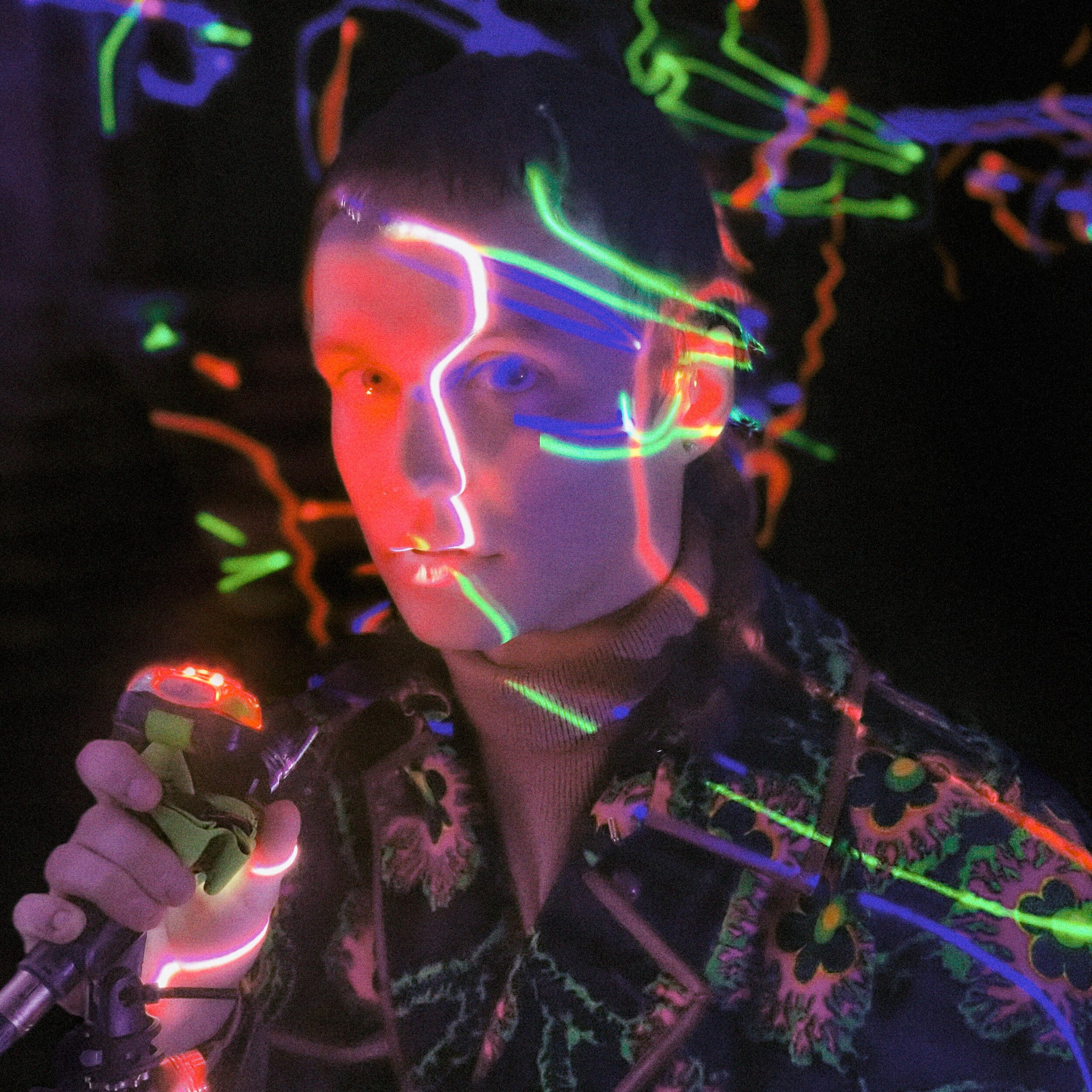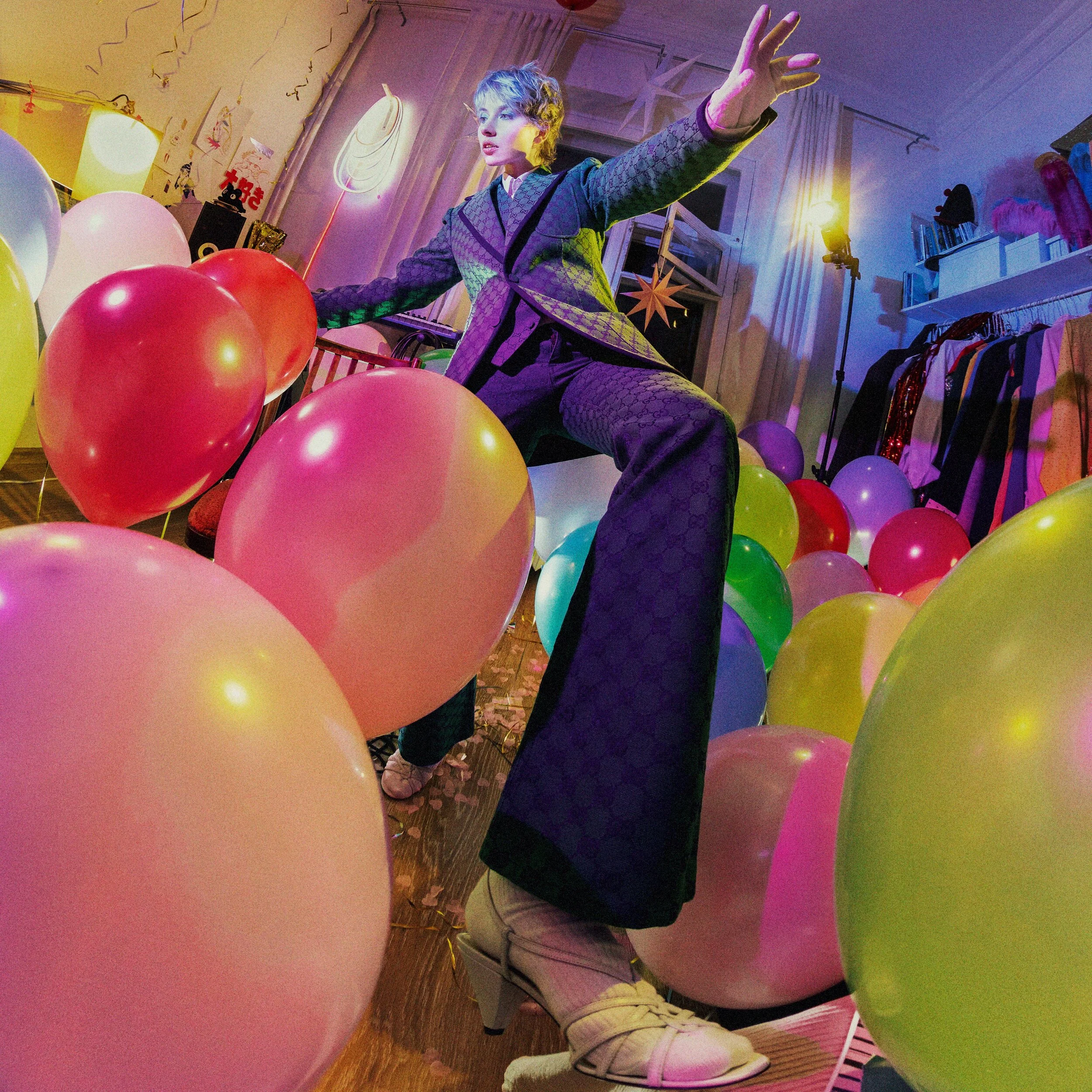Remembering Grace Mirabella.
Grace Mirabella, the former Editor-in-Chief of American Vogue, has passed away at age 91. She was a strong and inspirational figure to many fashion creatives, leading American Vogue in the 1970s and ‘80s, redefining its core and showcasing the sexually free, powerful and intelligent modern woman. Mirabella’s creative input led to the magazine’s further success, increasing it’s circulation to 1.2 million copies each month: the biggest circulation of a fashion magazine in America. She was also known for her passion in supporting emerging talent, always pushing for a diverse portrayal of women in media. Speaking to Perfect, close friend and colleague Paul Sinclaire shares his favourite memories of Grace, her tremendous kindness and love for powerful storytelling.
Perfect: How do you remember Grace? What was your friendship like?
Paul: There were few people that were really close with Grace, and we became so close. She saw us as her children. There was a great element of elegance and grace with her, I believe she was truly a remarkable editor-in-chief and professional. I met her in the late ‘70s/early ‘80s. It was so great to get to know her way of work and the overall professionalism and determination that Grace had. She had such a powerful way of controlling every room she walked into with kindness and determination, and her energy towards her work was impeccably charged.
With her vision, there was an adoration towards fashion and how the modern American woman sees herself with it. Compared to Diana Vreeland, her predecessor, Vogue became a lot more down to Earth. She took over during a time where society was truly changing and women were not showcased to be banal anymore. Her demand on style was perfect. There was a meticulous attention to detail and to the meaning of fashion, and how all of the pieces together make up the identity. I remember when Comme Des Garçons showed their iconic monochrome collection for Fall in 1986, with beautifully structured black trousers and crisp white shirts. Grace came into the office next week sporting a look from that collection that Rei (Kawakubo) had sent her and she looked so powerfully different from the accepted status quo way of dressing. She owned the power of her own identity and style. She also adored Saint Laurent and their smocking, and play on power dressing because she had a total sense of how fashion must not be put into a box or into a stereotype. For Grace, it was never about her own brand, it was about what her work communicates to women worldwide and the power of the message.
Perfect: What did Grace’s work and presence mean for the American woman? How was she seen in society?
Paul: People were absolutely fascinated with her and adored her. She had this effect on everyone, where as soon as she entered the room, she would light it up. During the ‘80s, it truly was the decade of “star power”. There was a sense of extreme kindness and determination, where her input was greatly respected and this is what made people fall in love with her. When Grace took over at American Vogue, she had Halston design her clothes and she began redefining her uniform by wearing cashmere pants and long turtlenecks and everyone was so shocked by it. So many editors wrote about that moment and the determined perfection yet beautiful simplicity in her dressing which later so many people identified with.
Perfect: There are so many incredible shoots and moments from her time at American Vogue which showcased her futuristic vision. How did Grace open the publication towards international underground fashion and young designers?
Paul: An incredibly important moment of her career was the infamous Battle of Versailles where American designers like Halston and Bill Blass showcased alongside French designers like Emmanuel Ungaro and Yves Saint Laurent. It was the first ever fashion project of such proportions, and there were so many unknowns about it. However, Grace championed and supported it fully, because she really believed in the importance of bringing different fashion and creativity together. That show really solidified her message which was all about the woman: her sense of identity and her sense of how she moves through life and the different versions of her. She rejected the idea of trends, because she believed that the focus should always be on the subject’s expression. With her, everything needed to have a reason, time and place.
Perfect: Grace was a very determined person from early on in her life. How did you see that determination come to life in the industry?
Paul: She had a beautifully poetic way of seeing life. When we would come together for editorial meetings, we didn’t have the purely career-oriented conversations that happen today, but she would stop and ask about your day and talk about life and what the day-to-day meant to her in the big picture. There was a feeling of closeness with the entire team, which led us to study and reference conversations, which later turned into beautiful stories and images.
Perfect: What are the lessons she taught you?
Paul: You have to believe it. You have to believe the story and the work in every single project you do. Everything she did was always relevant and communicated in a beautifully sophisticated way with having under-layers of personal stories. To this day, I still believe the biggest lesson she taught me is that our work is about staying relevant and analysing where society is evolving and what it means big-picture wise. I will always remember the kindness and the potential she saw in me. I woke up every morning with excitement and absolute love for what I do because of the energy she had created in the team. I will always remember the absolute love for life she had.










